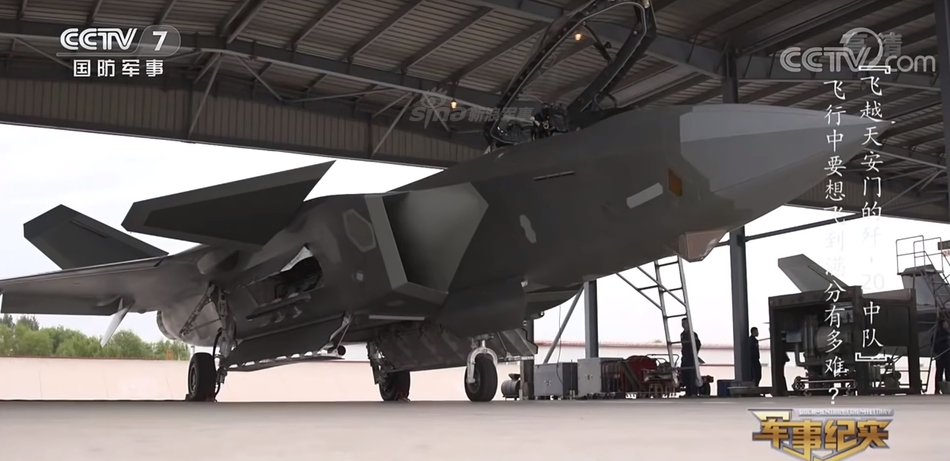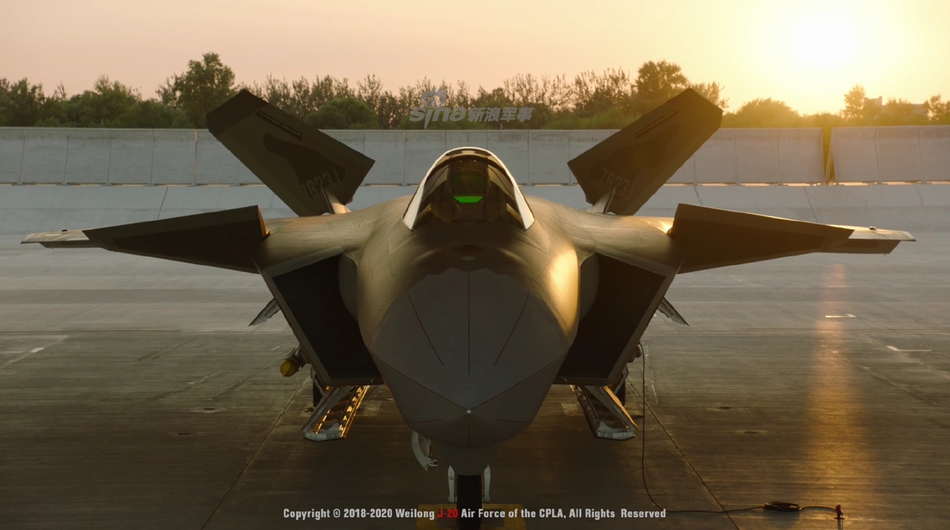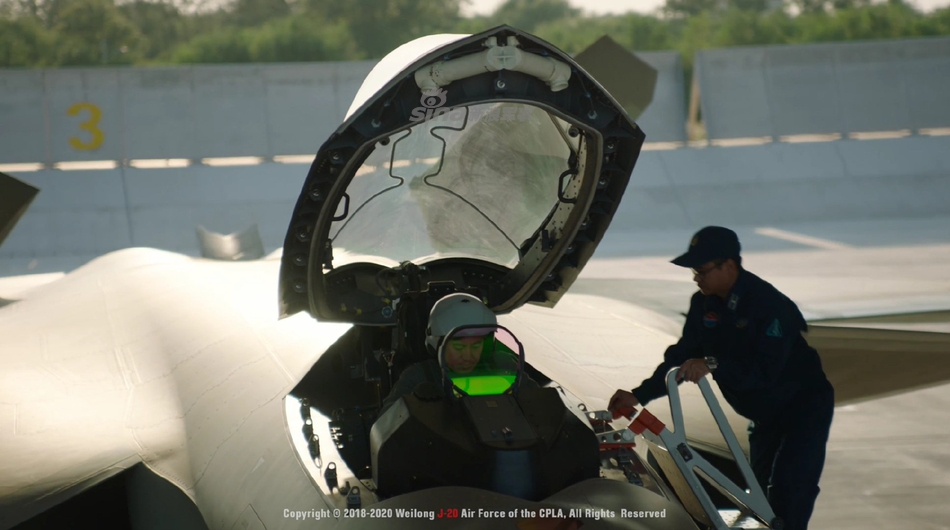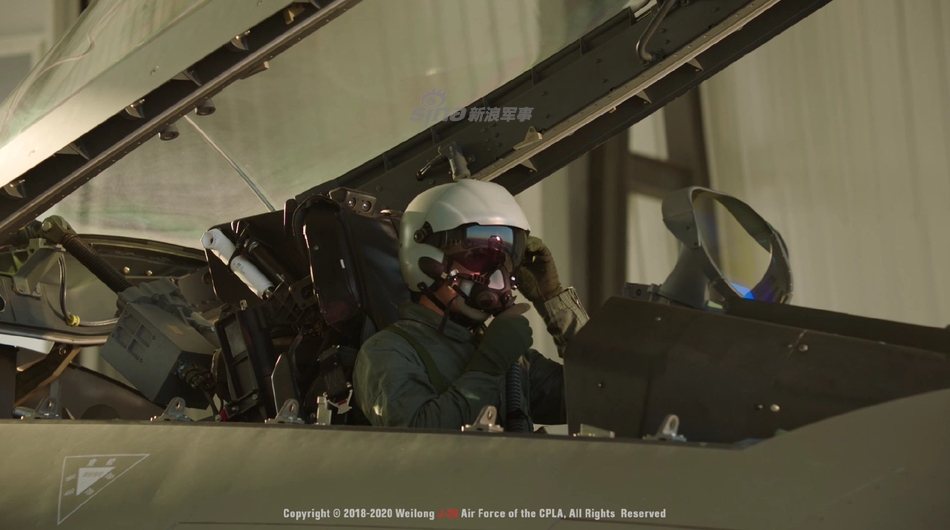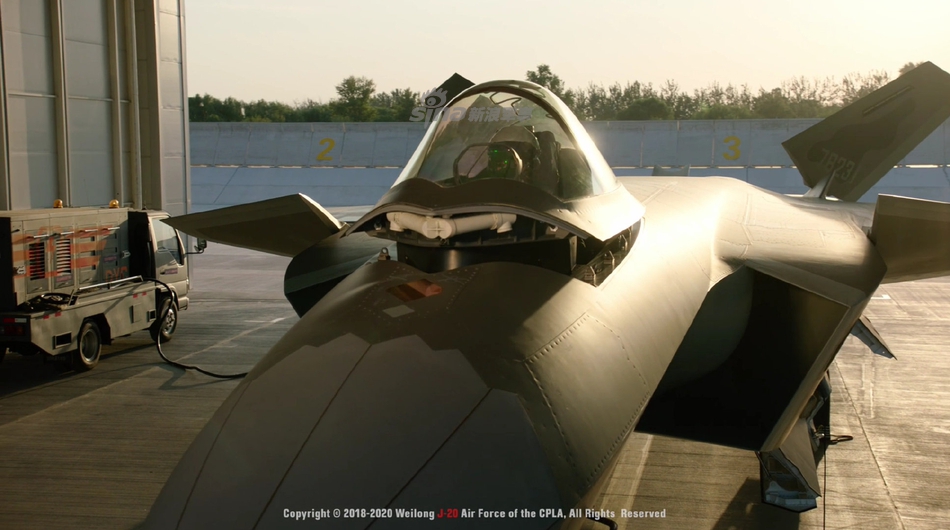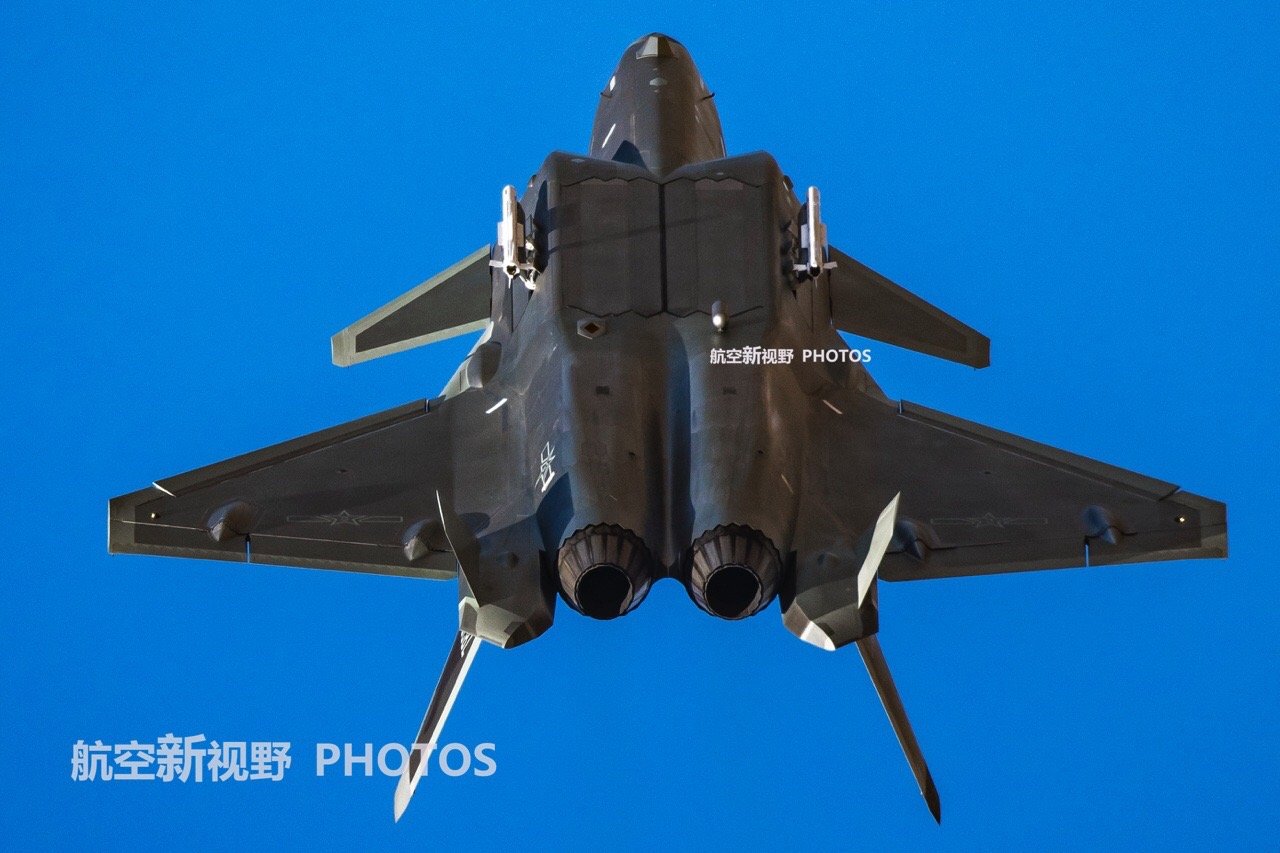Perhaps the best analogy for a twin-seat J-20 would be the Su-30 (by which I mean the Soviet-era Su-27PU command version, not the later multi-role derivatives)? In a 21st century 5th generation setting, U(C)AV control is a natural extension of this concept, so that task seems a likely addition to its mission spectrum.
Modest airframe changes compared to an FB-22 or Su-34 type version, though perhaps more than a straight twin-seater derivative like the F-15D (think Su-30 raised rear seat or J-10AS avionics spine). Weight penalty would probably be 5 - 10%, Gripen deletes the gun to get below 5% - while the J-20 doesn't have one in the first place, the point is that compromises compared to the single-seater were required to limit weight gain. We're expecting it to have *more* capability and equipment than the base aircraft over and above the addition of a second seat, not less!
I doubt training figures prominently in the rationale though - if you think simulators are expensive to procure and operate, try a fully functional stealth fighter instead!
Modest airframe changes compared to an FB-22 or Su-34 type version, though perhaps more than a straight twin-seater derivative like the F-15D (think Su-30 raised rear seat or J-10AS avionics spine). Weight penalty would probably be 5 - 10%, Gripen deletes the gun to get below 5% - while the J-20 doesn't have one in the first place, the point is that compromises compared to the single-seater were required to limit weight gain. We're expecting it to have *more* capability and equipment than the base aircraft over and above the addition of a second seat, not less!
I doubt training figures prominently in the rationale though - if you think simulators are expensive to procure and operate, try a fully functional stealth fighter instead!
Last edited:


